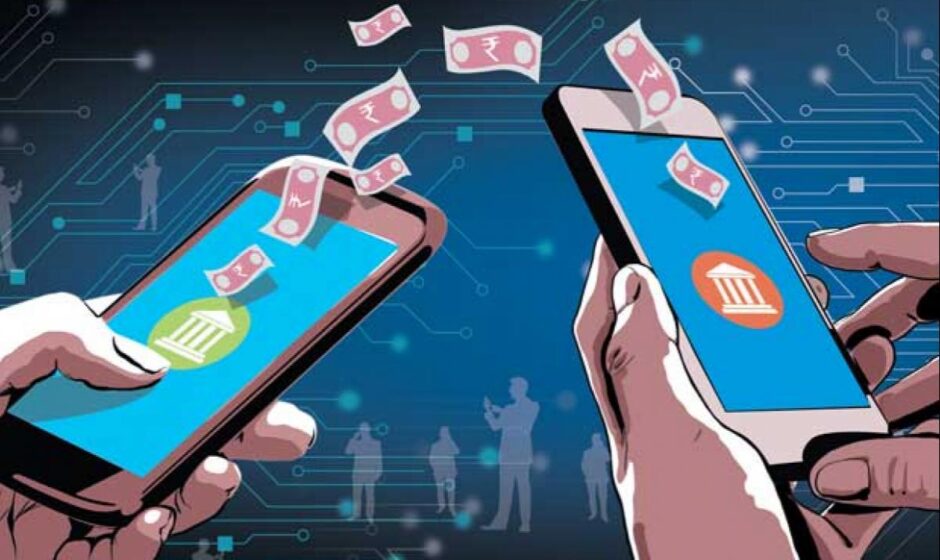India’s financial landscape has undergone a dramatic transformation in recent years, with digital payments emerging as a cornerstone of its evolving economy. From bustling urban centres to remote rural villages, electronic transactions via mobile apps, Unified Payments Interface (UPI), and cards have redefined how money moves, offering unparalleled convenience, speed, and security. This blog explores the historical context, driving forces, current state, challenges, and future trends of digital payments in India, highlighting why this shift is more than just a technological trend—it’s a revolution.
A Historical Shift: From Cash to Digital
The journey of digital payments in India took a significant leap forward with the 2016 demonetization policy. On November 8, 2016, the government invalidated high-denomination currency notes (₹500 and ₹1,000), which accounted for 86% of cash in circulation. Aimed at curbing black money, this bold move pushed millions toward digital alternatives almost overnight, increasing digital transactions from 10% to over 20% of total transactions post-demonetization.
Government initiatives laid the groundwork for this shift. The Digital India campaign, launched in 2015, sought to empower citizens through digital infrastructure, while the Pradhan Mantri Jan Dhan Yojana (PMJDY), introduced in 2014, brought financial inclusion to the masses by opening 457 million new bank accounts. The JAM Trinity (Jan Dhan, Aadhaar, Mobile) linked biometric identities and mobile numbers to these accounts, making digital transactions accessible to millions. The introduction of UPI by the National Payments Corporation of India (NPCI) in 2016 was a game-changer, enabling real-time, bank-to-bank transfers with a simple mobile app.
The Current Landscape: Numbers Tell the Story
Today, digital payments are booming in India. In the financial year 2023-24, the country recorded 159 billion digital transactions, a figure projected to soar to 481 billion by 2028-29, according to PwC India’s The Indian Payments Handbook 2024-29. Transaction values are expected to double from Rs 265 trillion to Rs 593 trillion over the same period. UPI has been a driving force, handling 131 billion transactions in 2023-24 alone, with a projected rise to 439 billion by 2028-29, making up 91% of retail digital payments.
In 2024, UPI transactions surged by 46%, reaching 172.2 billion transactions with a value of INR 246.82 trillion, as reported by Inc42. Leading the charge are key players like PhonePe, which commands a 48% market share, followed by Google Pay at 37%, and Paytm at 7.03%. These apps have become household names, simplifying everything from grocery purchases to bill payments.
| UPI App | Market Share (2024) | Transactions (Jan-Nov 2024) | Value (INR Lakh Cr) |
|---|---|---|---|
| PhonePe | 48% | 7,479.4 crore | 102.9 |
| Google Pay | 37% | 5,786.2 crore | 73.51 |
| Paytm | 7.03% | Not specified | Not specified |
What’s Driving the Growth?
Several factors have fuelled this digital payment revolution:
- Government Support: Policies like demonetization, Digital India, and the promotion of tools like the BHIM app have created a robust ecosystem for digital adoption.
- Tech Boom: With smartphone penetration soaring and internet users expected to hit 900 million by 2025, access to digital platforms has skyrocketed, aided by affordable data plans.
- E-commerce Surge: Platforms like Flipkart and Amazon have integrated digital payments, driving their use for everyday purchases.
- Fintech Innovation: Companies like PhonePe, Google Pay, and Paytm have made payments intuitive and user-friendly, appealing to tech-savvy millennials and Gen X.
- Pandemic Push: The COVID-19 crisis accelerated the shift to contactless payments, with mobile wallets and UPI seeing unprecedented growth.
Challenges on the Road Ahead
Despite its success, the rise of digital payments faces hurdles:
- Digital Literacy: In rural areas, low awareness remains a barrier, though initiatives like DigiShala, a 24-hour TV channel, aim to educate.
- Infrastructure Gaps: Limited internet and smartphone access in remote regions slow adoption.
- Security Risks: Fraud, particularly on social media and fintech platforms, accounts for 57% of incidents, eroding trust among some users.
- Cash Preference: Small merchants and rural populations often prefer cash due to its perceived reliability and familiarity.
- Merchant Costs: Setting up digital payment systems can be costly for small businesses, deterring adoption.
The Future: A Digital India Unfolds
The future of digital payments in India looks promising. UPI is expected to dominate, potentially comprising 90% of retail digital payments by 2026-27. Its global expansion—now operational in countries like the UAE, Bhutan, and Singapore, with pilots in Nepal, Mauritius, and France—could further boost India’s digital economy. Emerging technologies like AI, blockchain, and 5G will enhance security and efficiency, while low-cost, interoperable platforms build on UPI’s success.
Contactless payments, spurred by post-COVID preferences, are here to stay, and efforts to integrate the unbanked could see mobile wallet users reach 900 million by 2025. Projections vary, with BCG and PhonePe estimating a $10 trillion market by 2026, while Statista forecasts US$3,463 billion by 2029, reflecting the immense potential ahead.
Conclusion: A Transformative Journey
The rise of digital payments in India is a testament to the power of policy, technology, and consumer adaptation. From the shock of demonetization to UPI’s global footprint, this journey has reshaped how India transacts, fostering economic growth and inclusion. While challenges like digital literacy and security remain, the momentum is undeniable. As India strides toward a cashless future, digital payments are not just a convenience—they’re a catalyst for a more connected, inclusive economy.



